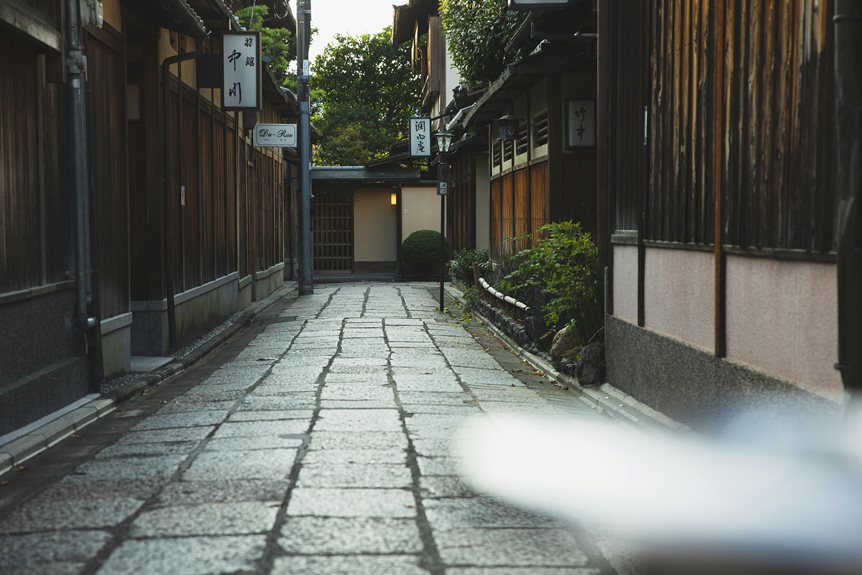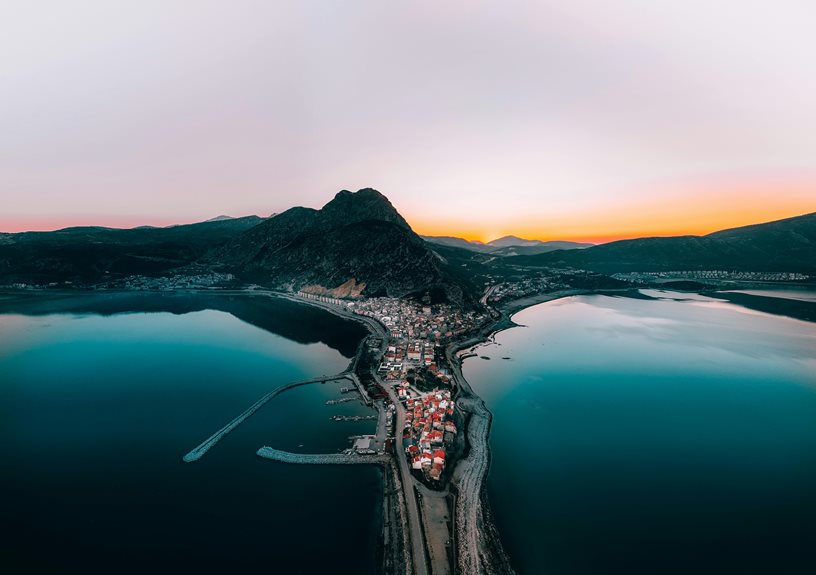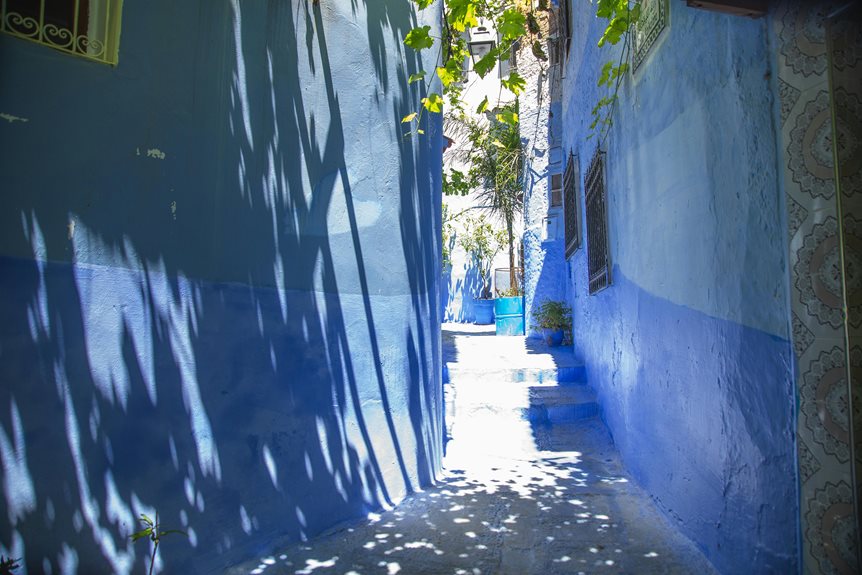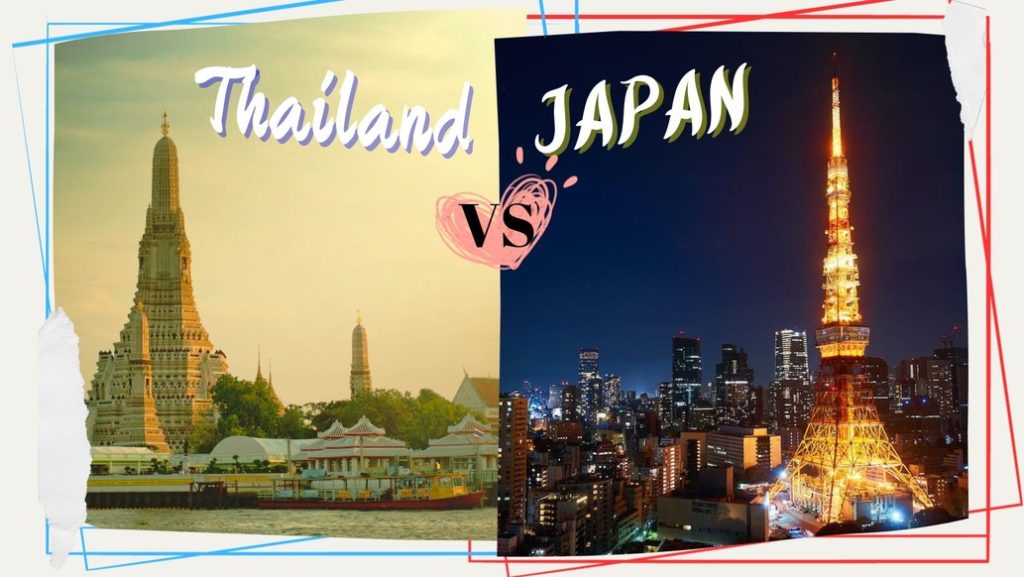You’ll find Fujinomiya nestled at the southwestern base of Mount Fuji, offering the highest direct access point to Japan’s iconic peak at 2,400 meters. This Shizuoka Prefecture gem combines ancient shrines, including the historic Fujisan Hongū Sengen Taisha, with natural wonders like the UNESCO-listed Shiraito Falls. You can savor local specialties from yakisoba to premium green
A Gateway to Mount Fuji’s Sacred Slopes
Perched at 2,400 meters above sea level, Fujinomiya’s 5th Station serves as the highest and most direct gateway to Mount Fuji’s summit.
You’ll find essential facilities including shops, restaurants, and a General Information Center to prepare for your ascent. Before heading out, you can gather maps and vital hiking details from the information desk.
The climbing season runs from July 10 to September 10. You’ll need to plan your transportation carefully. While the Fujisan Skyline road is free, it’s closed to private vehicles during climbing season.
Instead, you can take the shuttle bus from Mizugatsuka parking lot, running hourly for 1,320 yen one-way or 2,200 yen round-trip.
Don’t forget to submit your online application, watch the mandatory preparation video, and secure your mountain hut reservations in advance.
Rich Cultural Heritage and Ancient Shrines
While Mount Fuji dominates Fujinomiya’s skyline, the city’s cultural heart beats through its network of ancient Shinto shrines.
You’ll discover the unique Yamamiya Sengen Shrine, which foregoes traditional shrine architecture in favor of an altar perfectly aligned with Mount Fuji’s peak. The shrine’s archaeological remnants date back to the 12th century, marking its deep historical significance.
At the prestigious Fujisan Hongū Sengen Taisha, you’ll stand at the head shrine of over 1,300 Sengen shrines nationwide.
Your visit can extend to the innovative Mt. Fuji World Heritage Centre, where you’ll ascend a 193-meter spiral slope that mirrors climbing the sacred mountain itself. The center’s locally sourced wood grid construction exemplifies its commitment to sustainable architecture. Designed by Shigeru Ban, the center’s inverted Fuji design and reflection pool showcase both architectural ingenuity and cultural reverence.
Natural Wonders and Seasonal Beauty
Nestled at the foot of Mount Fuji, Shiraito Falls showcases nature’s raw power as snowmelt cascades down its 20-meter height and 150-meter width.
You’ll witness up to 1.5 tons of water per second flowing through this UNESCO World Heritage site, where each drop has spent a decade filtering through volcanic rock.
For coastal exploration, head to the Jogasaki Coast’s 9-kilometer stretch of dramatic igneous formations.
You can control your vantage point from either the suspension bridge or a tour boat.
When spring arrives, you’ll find prime cherry blossom viewing at Shizuoka Sengen Shrine and Nihondaira.
For a different perspective, visit Asagiri Highland, where you can command your own adventure through meadows and dairy farms while maintaining clear views of Mt. Fuji from 800 meters above sea level.
Another natural wonder awaits at Miho no Matsubara, where 30,000 pine trees line a stunning 5-kilometer coastline.
Culinary Delights and Local Specialties
Fujinomiya boasts three iconic seafood delicacies that define its culinary landscape: sakura ebi from Yui Harbor, premium unagi from Hamamatsu, and fresh tuna from Shimizu Port. You’ll find these prized ingredients masterfully prepared in local restaurants throughout the region.
The region produces 40% of Japan’s tea, making it the country’s leading green
For a warming experience, immerse yourself in Shizuoka oden, where skewered ingredients simmer in a rich beef and dashi broth, best enjoyed with spicy mustard and dried fish seasoning.
Don’t overlook the region’s other specialties: black hanpen fish cakes, Hamamatsu’s circular gyoza dumplings, and premium Shizuoka wasabi.
As you explore, you’ll discover why this area is also renowned for its high-quality green
Industrial Growth and Economic Development
Strategically positioned between Tokyo and Nagoya, Shizuoka Prefecture has evolved into a powerhouse of industrial diversity, ranking 4th nationally in manufacturing output.
You’ll find global giants like Suzuki, Yamaha, and Toyota operating here, contributing to the prefecture’s impressive JPY 17.1 trillion GDP.
When you’re doing business in Shizuoka, you’ll benefit from its robust transportation network, including the Tomei Expressway and key ports like Tagonoura and Shimizu.
The region’s economic strength extends beyond manufacturing – you can tap into thriving agricultural and aquaculture sectors, from premium green
To stay competitive, Shizuoka’s embracing future growth through its Triangle Research Cluster, focusing on medical treatment, pharmaceuticals, and optical technology.
With 693 companies conducting business in Asia, you’re positioned at the heart of international commerce. Often referred to as an Industrial Department Store, Shizuoka offers remarkable diversity in its manufacturing capabilities.
Weather Patterns and Climate Characteristics
With Mount Fuji’s towering presence influencing local conditions, Fujinomiya experiences a unique climate that blends humid continental and subtropical characteristics.
You’ll find temperatures averaging around 16°C (61°F) annually, with considerable seasonal variations that you can plan around.
In summer, you’ll need to prepare for hot, humid conditions, with August reaching highs of 29.7°C (85.5°F).
Winter brings milder temperatures, dropping to around 1.2°C (34.2°F) in January.
You can expect substantial rainfall throughout the year, particularly in July when precipitation peaks at 202mm (8 inches). The city experiences 106 rainy days annually, with the remaining time being generally precipitation-free.
The city’s location within Fuji-Hakone-Izu National Park and its varying elevations from 35 to 3,336 meters greatly impact these weather patterns, giving you distinct microclimates depending on your exact location.
Geographic Features and Strategic Location
Nestled in eastern Shizuoka Prefecture, Fujinomiya’s landscape stretches dramatically from sea level to the summit of Mount Fuji, encompassing an impressive elevation range of 3,741 meters.
You’ll find the city strategically positioned between the Pacific Ocean’s Suruga Bay and the UNESCO World Heritage site of Mt. Fuji, which marks the border with Yamanashi Prefecture.
The region’s diverse terrain gives you access to multiple natural advantages. You can explore the Asagiri Kogen plateau for dairy farming and outdoor activities, while the coastal plains offer prime agricultural opportunities. The area’s fertile soil and climate make it perfect for growing mandarin oranges and wasabi.
The area’s historical Salt Road connection to Yamanashi, combined with major waterways like the Fuji, Ōi, and Tenryū rivers, provides you with essential transportation routes.
This unique geographic positioning makes Fujinomiya a critical hub for both commerce and tourism.







Konnichiwa! (Hello!) I'm Pat Tokuyama, a Japanese tofu cookbook author, who travels for music, food, and adventure. If you like Japanese tea, checkout some of the newestorganic japanese tea, matcha bowls and noren and more!
** Curious about the Plant Based Japanese Cooking Club? ** Learn more here!